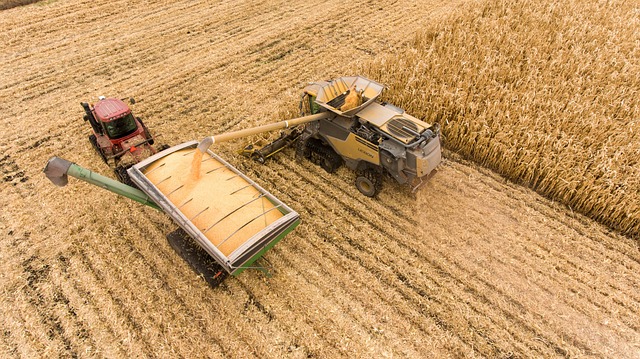Rural tourism is gaining significant traction as travelers seek authentic experiences that connect them with nature, local communities, and sustainable practices. As we delve into the realms of sustainable rural development, it’s essential to explore the critical role of transport in this evolving landscape. Transport sustainability not only enhances access to rural areas but also helps maintain the delicate balance between tourism and environmental preservation.
At the heart of rural tourism is the ability to navigate through picturesque landscapes that are oftentimes untouched by commercialization. Sustainable transport options, such as electric buses, bicycles, or even horse-drawn carriages, can significantly reduce the carbon footprint associated with travel. By minimizing reliance on fossil fuels, rural destinations can attract tourists who prioritize eco-friendly practices, fostering a deeper connection to the environment.
Moreover, implementing sustainable transport solutions facilitates rural development. Improved access to remote areas boosts local economies by attracting visitors eager to experience regional culture, cuisine, and landscapes. Local providers benefit from increased footfall, leading to job creation and support for small businesses, all while preserving the integrity of the community. For instance, a farmer may diversify their income by offering guided tours of their farm, which not only educates visitors about agricultural practices but also reinforces the importance of local produce.
The integration of transport sustainability into rural tourism efforts encourages the development of infrastructure that respects the environment. This includes well-maintained cycling paths and walking trails that connect travelers to farms, artisan workshops, and eco-friendly accommodations. By fostering a holistic approach to transport planning, rural areas can showcase their unique offerings while simultaneously enhancing the landscape for both visitors and residents.
Furthermore, promoting awareness around transport choices encourages tourists to consider their impact on rural environments. By providing information about sustainable options, destination managers can guide travelers toward making informed decisions that benefit local ecosystems. For instance, carpooling initiatives or shuttle services can minimize traffic congestion in popular areas, allowing for a more tranquil experience that resonates with the serene nature of rural locations.
Ultimately, sustainable rural development through transport serves as a bridge between agricultural tourism and environmental stewardship. The collaboration between local governments, businesses, and communities is vital in devising strategies that not only facilitate access but also conserve the landscapes that attract visitors in the first place. As the trend of rural tourism continues to rise, prioritizing sustainable transport solutions will be paramount to ensuring that the beauty and authenticity of rural areas remain intact for generations to come.




